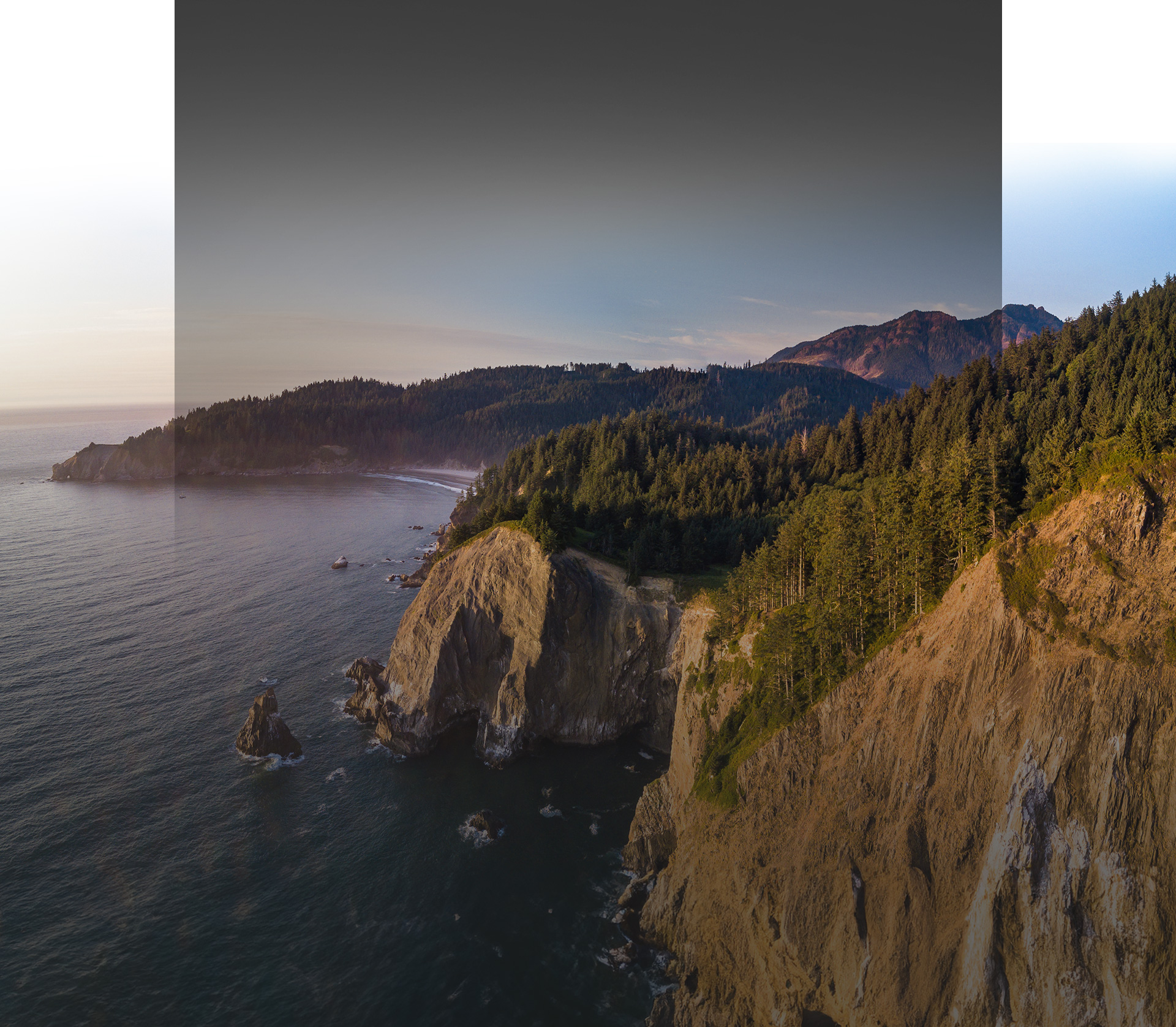Fault & Car Accidents

When it comes to car accidents, sometimes the real damage doesn’t occur until long after the crash itself. Depending on the circumstances of the incident and how much you are determined to be “at fault” for the accident, you may be on the hook for a substantial amount of money. And even if your insurance covers the damages and/or injuries involved, your rates are going to climb according to exactly how much you were to blame.
But how is that determined? Who gets to decide? Before we get into that, we need to get into a few basics about how auto insurance works in the state of Washington.
It’s all relative: the meaning of “comparative fault”
Different states have different rules regarding how fault is determined in a car accident. Here in Washington, we have a policy known as “comparative fault.”
This means that after an accident, the insurance companies for the involved parties look at all the available facts—everything from the police report to evidence provided by the parties themselves in the form of pictures, etc. They then make a percentage determination of how much liability each party carries based on that evidence.
At that point, the specifics of your policy will determine how much coverage you receive, and how much of the total cost falls to you. If you are mostly or entirely determined to not be at fault, the other party’s insurance is on the hook for repairs to both vehicles (and drivers). Other times, policyholders that have been determined to carry some blame will still only need to pay their deductibles.
And sometimes, the amount of the damages exceeds what coverage exists in the policy in which case the burden for the overage falls to you. Most commonly, this is the case with personal injuries that exceed Personal Injury Protection (PIP) limits in the insurance policy.
Other varieties of insurance coverage each typically have limits and deductibles assigned to them, things like:
• Collision Coverage: Pays for the amount of damage to your car in an accident
• Comprehensive Coverage: Pays for damage to your car that is not the result of an accident (vandalism, etc)
• Uninsured/Underinsured Motorist Coverage: Extra coverage if you’re hit by an uninsured driver or one with insufficient coverage.
The specifics of assigning blame
Clearly, a lot depends on exactly how the insurance companies decide the details. So how, exactly, is that done? What are some examples of how they make their determinations? And what can you do to influence the decisions in your favor?
Usually, assigning blame is much more complicated than just who ran into who. There are two kinds of crashes, however, that are pretty cut-and-dried:
• Rear-end crashes: If you rear-end someone, it’s usually determined to be your fault. That’s because you are always supposed to leave a “safe distance” between you and the car in front of you. No matter how quickly the person in front of you stops, you should be able to avoid hitting them, according to the law. Blame, however, can be shared in a few specific circumstances, like if the person in front of you had non-operational brake lights, or if you’re involved in a multi-car crash and were pushed into the vehicle in front of you.
• Left-turn crashes: You are required to yield when making a left turn, and so if you are struck while attempting one, the default decision is that you were making an unsafe turn, and thus the accident is on you.
In all situations, insurance companies will first look at the police report for indications of responsibility. If anyone was cited at the scene (and someone almost always is when there’s an accident) or if the report mentions specific indications of blame arising from the circumstances of the crash, they’ll make note of it. You can submit other supporting documentation to your insurer as well in the way of witness testimonies and written statements, or other supporting evidence. This is one of the reasons why it’s so important to take photos and record contact information after the crash.
Other options
If the determination of blame goes against you and you find yourself liable beyond what insurance will cover, or if you find yourself on the hook for other reasons—like maybe you are dealing with an uninsured motorist and your own insurance isn’t going to cover all your costs—you can go after someone personally by filing a lawsuit.
Certain words will now come into play which were only hinted at previously; were you or the other driver reckless? Or just negligent? The answer to those questions, particularly in cases of personal injury, will swing the dollar amount of recompense wildly in one direction or another. Of course, even if you get a judgment in your favor, the person you are suing may not have the personal funds to actually pay you back.
Bottom line: Be sure to document everything you can after an accident, and consider paying a little extra for insurance that may end up saving you a bundle down the road.
The post How are fault and liability determined in car accidents? appeared first on Palace Law LLP.





